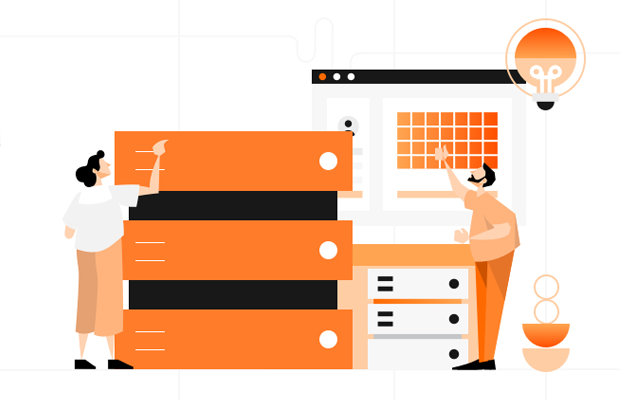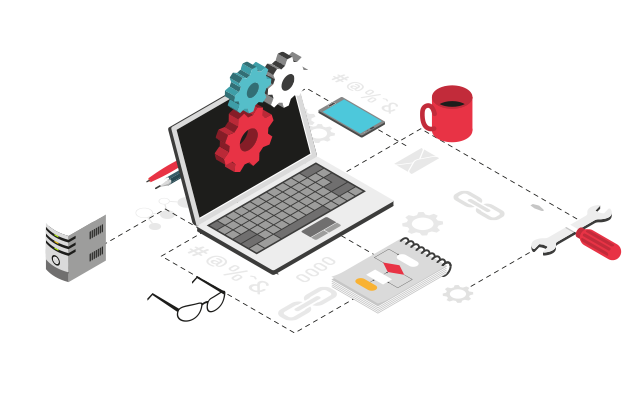This article introduces how to automatically solve specific problems in front-end code governance through AST technology, particularly targeting probl...

This article describes how to use the Cloud Development Kit provided by Alibaba Cloud ROS to deploy 2048 games to the cloud.

This article explores the Asset module by walking through a case study of deploying website content to the cloud.

This article introduces the correct usage of React's useRef and how to avoid potential pitfalls when using it with TypeScript.

Alibaba Cloud and CodePolitan launched DevHandal campaigns in September 2023. This article from Paskalis D Palayukan was selected as the Top 10 Blog in the campaign.

Alibaba Cloud and CodePolitan launched DevHandal campaigns in September 2023. This article from Bredrik Martinus Sitompul was selected as the Top 10 Blog in the campaign.

Alibaba Cloud and CodePolitan launched DevHandal campaigns in September 2023. This article from Muhammad Fayzul Haq was selected as the Top 10 Blog in the campaign.

This article introduces the Dubbo-js alpha version, which supports the Dubbo3 protocol.

This article introduces WebAssembly and gives a comprehensive description from theoretical introduction to practical application.

This article mainly introduces three disruptive ideas from React.

Bài viết này hướng dẫn cách TRIỂN KHAI ỨNG DỤNG JAVA TỪ INTELIJ IDEA LOCAL LÊN MÁY ẢO ALIBABA CLOUD ECS

This article compares AngularJS and ReactJS, two popular JavaScript frameworks used for web application development.

This article explains which framework (AngularJS and React JS) is more powerful.

To successfully build trusted platform module in a web system, you need to ensure the data security to construct a relatively trusted front-end environment.
This article explores the Node.js source code to understand the loading process of CJS modules.

The article introduces the instruction set of the WebAssembly abstract machine and the writing and running methods of assembly language.

This article discusses JavaScript bytecode, specifically basic information about Ignition bytecode.

This article discusses ES5 code, ES6 code, and various transcoding tools (such as Babel).

This article discusses methods to optimize JavaScript programs, including the relationship between digital circuits and programs and Node Sea.

This article discusses parsing highly fault-tolerant code, modifying and generating an AST, and regenerating code.
